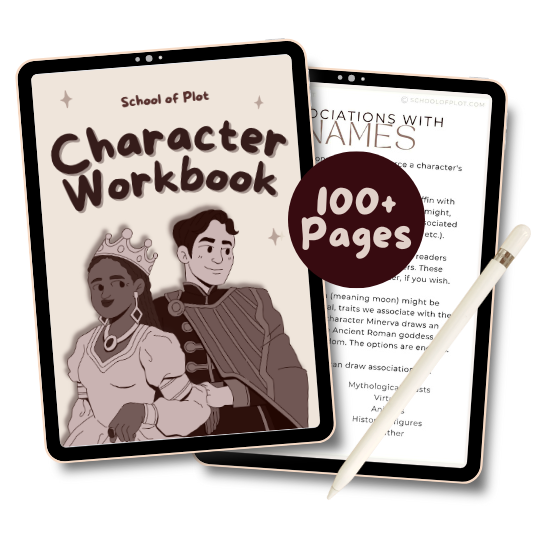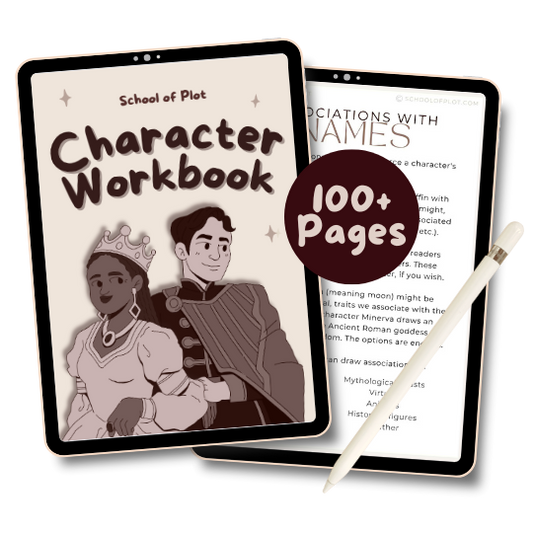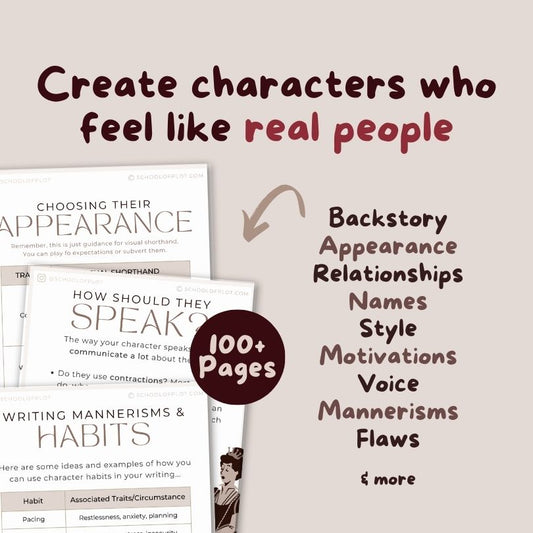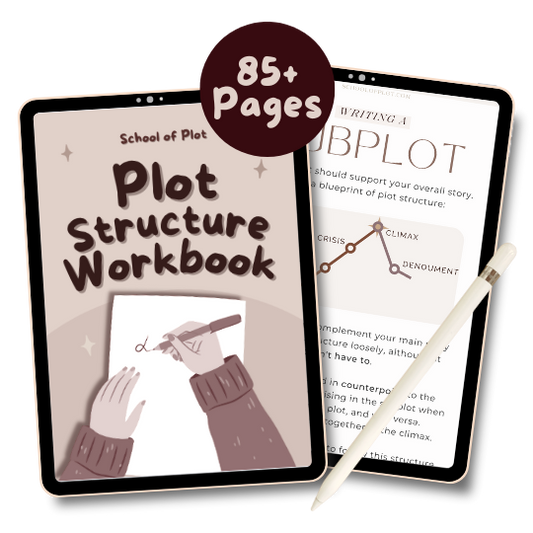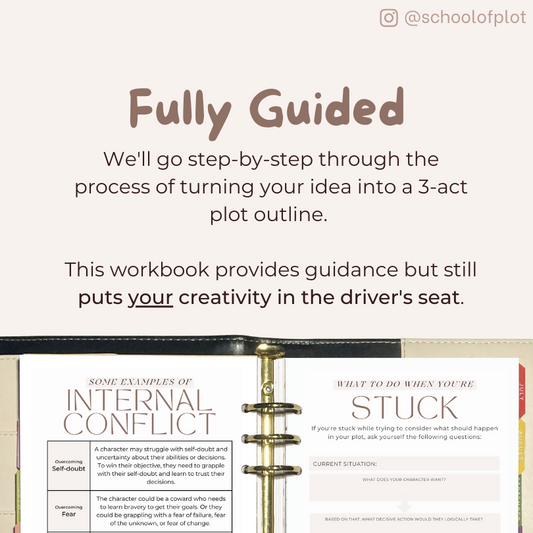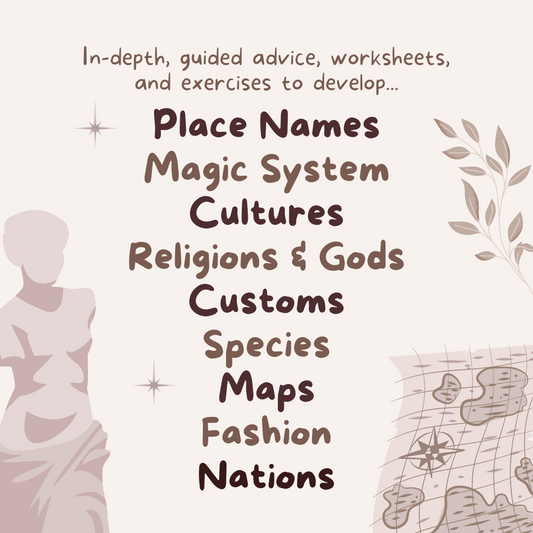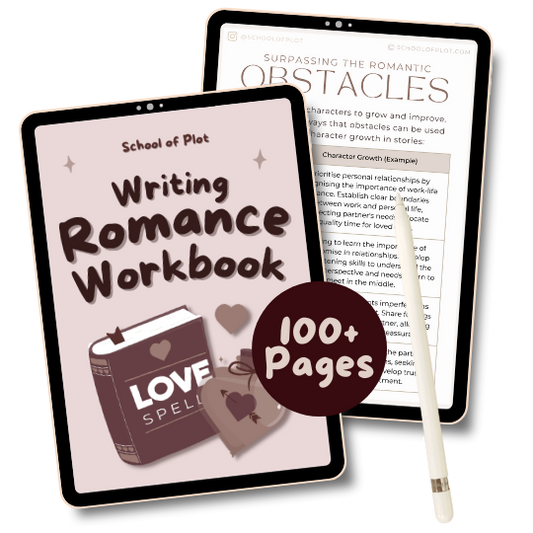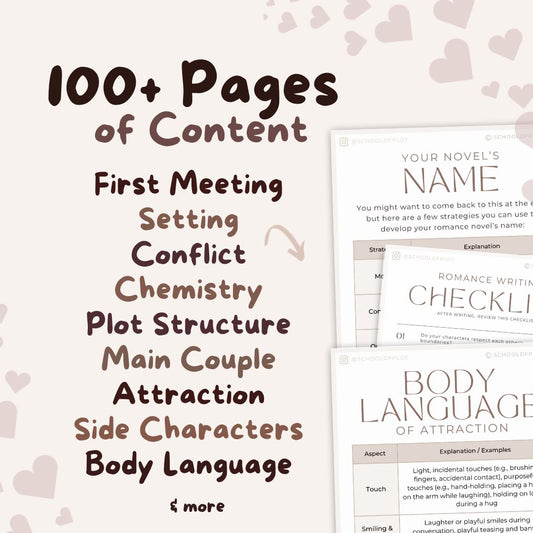Here's a quick reference for writing ballroom or dance scenes. Save it for later (e.g. on Pinterest) for a handy resource to come back to during your dance scenes. This guide focuses more on historical/fantasy balls but you can apply it to modern settings too.
Layout
Balls were generally held in private residences. Palaces and mansions may have ballrooms, and large houses could host balls in the main drawing room or large gallery.
Although ballroom layouts will depend based on each venue, time period, and setting, some basic areas to consider could include:
- Dance floor: Open area, usually hardwood or stone (e.g. marble) floor
- Galleries/Balconies: Elevated. Overlook the dance floor. Some seats.
- Musicians' Area: Can be a stage or an elevated platform.
- Adjacent Parlour: For more private conversations. Probably a good place for a dramatic conversation or cheeky swordfight.
Visual Elements
Visual elements you can consider mentioning to set the mood can include:
- Tall mirrors
- Chandeliers
- Vaulted ceiling
- Velvet drapes
- Columns
- Large windows
- Wall sconces
- Candelabras
- Swishing skirts
- Glittering jewels
- Gilded frescos
- Ironwork on balcony
- Statues
- Crystal glassware
- Grand staircase
- Archways
- Friezes
- Fluttering hand fans
- Leather dress shoes
- Flags/banners
- Refreshments
- Huge bouquets
Making it Immersive
Here are some other elements you can add to immerse your readers. If you’re using the free settings cheat sheet linked in my bio, you can use these to fill it in:
- The feeling of a dance partner's hand, or the fabric at their shoulder/waist
- The smell of candle wax or the smoky burning candles
- The swell of music (is it lively? Lilting? Graceful? Flurried? Droning? etc.)
- The wood polish smell from the floor
- The weight and texture of a ballgown (Heavy? Scratchy? Easy/hard to move in?)
- Cold glass on their fingertips when taking a chilled drink
- The smell of sweat/bodies dancing
- Soft murmurs of conversations and laughter
- Rustle of gowns as people dance
Costume
Again, depends on the setting. People will be wearing their finest, whatever that entails in your story's setting.
This may include:
- Costumes
- Dress shoes
- Cane
- Formal hat
- Masquerade mask
- Cravat
- Brocade fabric
- Fitted trousers
- Evening cape
- Jewels
- Embroidery
- Hairpieces
- Lace shawls
- Silk gloves
- Tiara
- Corseted bodice
- Billowing skirts
Good references include:
- vintagefashions.co (Victorian)
- cdrochester.org/flyers/WomensBallClothing2008.pdf (Regency)
Feelings
What's the point of this scene? How does your character feel during it? Here are some examples:
- Nervous: Missing the steps, being close to their partner, dressing extravagantly for the first time, not knowing which stairway to walk down, sweating palms, stumbling over words during conversation, worrying about making a social faux pas, anxiously scanning the crowd for familiar faces
- Elated: To finally be dancing, reveling in the opulent decorations and ambiance of the ballroom, enjoying the drinks and conversation
- Insecure: Comparing themselves to other attendees, feeling out of place among the upper echelons of society, worrying about their social standing or appearance, fearing judgment or ridicule from other
- Envious: Watching other couples dance with envy, longing for a deeper connection or recognition, feeling a pang of jealousy at seeing others' happiness or success, wishing they could escape their own insecurities and fully embrace the moment
- Hopeful: Dreaming of finding love or making a meaningful connection at the ball, excited to be the centre of attention, wanting people to see them all dressed up for once
Quick Tips
- There's no need to describe the dance step by step. It's ok to name the dance (e.g. "He swept her into a waltz.")
- Give some focus to the characters' emotions, thoughts, and/or senses.
- Action words to describe dancing include: glide, stomp, flow, twirl, leap, slide, sway, kick, twist, spin, dip, flutter, strut
- You can convey movement through things like the swish of skirts, the rhythm of shoes on wood, etc.
